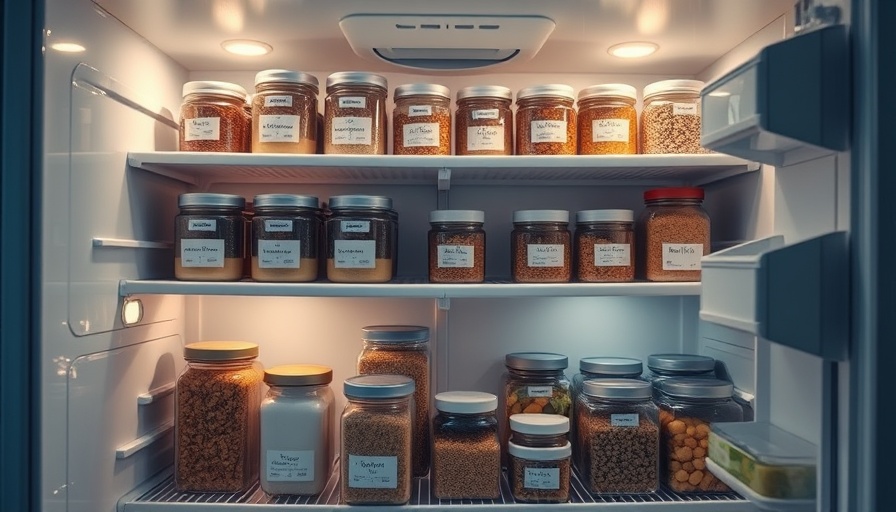
The Art of Storing Leftovers: Maximizing Flavor and Freshness
For many health-conscious parents and professionals, managing leftovers is an essential part of meal planning. Properly storing leftover food not only helps to avoid waste but also preserves nutritional value and enhances meal convenience. However, many people are unaware of effective strategies that can maximize the longevity and taste of their leftovers. This article shares insights into effective leftover storage that can benefit even the most discerning of eaters.
Step-by-Step Guide to Storing Leftovers
When it comes to storing leftovers, there are several key steps to follow. First, make sure food is cooled properly before transferring it to storage. Let heated dishes sit at room temperature for about 30 minutes before storing them in the refrigerator. This prevents condensation, which can lead to sogginess and spoilage.
Use the Right Containers
Investing in good quality, airtight containers makes a significant difference. Not only do they keep food fresher for longer, but they also help avoid cross-contamination with other foods. Consider using glass containers that are both microwave and dishwasher safe for added convenience. Additionally, color-coding lids and containers can help families identify meals at a glance, saving time on busy nights.
Common Misconceptions: How Long Can You Keep Those Leftovers?
One popular myth is that leftovers can safely remain in the fridge indefinitely. According to the USDA, perishable foods should be consumed within three to four days when stored in the refrigerator. However, frozen foods can last significantly longer, typically ranging from three to six months, depending on the type. Understanding these timelines can help ensure you're consuming safe, healthy meals.
Reheating Leftovers: Keeping Flavor and Nutrition Intact
Reheating is just as important as storage when it comes to leftovers. Using a microwave can often lead to uneven heating, allowing cold spots where bacteria may survive. Instead, consider reheating leftovers in an oven or on the stovetop. Invest in a food thermometer to ensure heating foods to at least 165°F to eliminate any foodborne pathogens effectively.
Embracing Leftovers: Reducing Food Waste
For health-conscious individuals and families, embracing leftovers is as much about nutrition as it is about environmental responsibility. By effectively storing and consuming leftovers, families can significantly reduce food waste, which is a growing global concern. According to the EPA, food waste accounts for a large percentage of landfill waste, contributing to methane gas emissions.
Creative Ways to Repurpose Leftovers
Rather than simply reheating last night's dinner, consider innovative recipes that utilize leftovers. Leftover grilled chicken can be shredded for tacos, while overcooked vegetables can be blended into soups or stir-fries. Sharing these ideas can also be part of family meals, creating engaging dinner conversations and inspiring children to develop healthy cooking habits.
Conclusion: Taking Action Today
Proper leftover storage is a valuable skill for any health-conscious parent or professional to master. By following these simple steps—cooling, using appropriate containers, respecting storage timelines, reheating correctly, and finding creative repurposing methods—individuals can ensure that every bite is as flavorful and nutritious as intended. Take action today to transform your leftover meals into exciting culinary experiences. With practice, managing leftovers will enhance family meals and contribute positively to your health journey.
 Add Row
Add Row  Add
Add 




Write A Comment